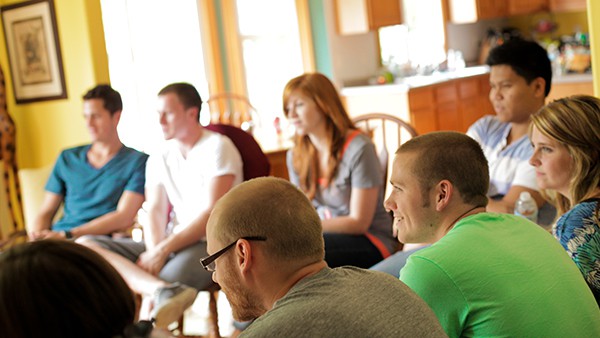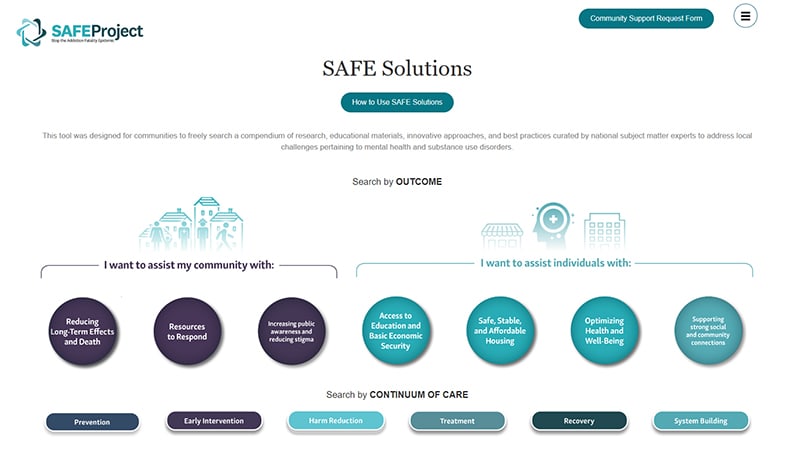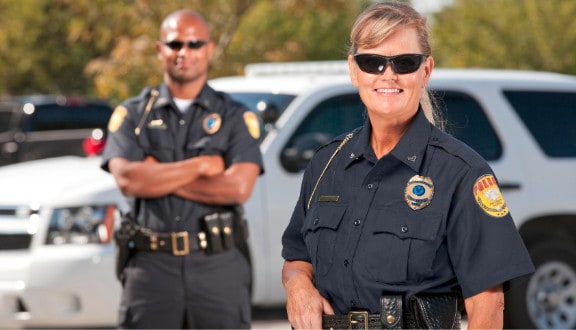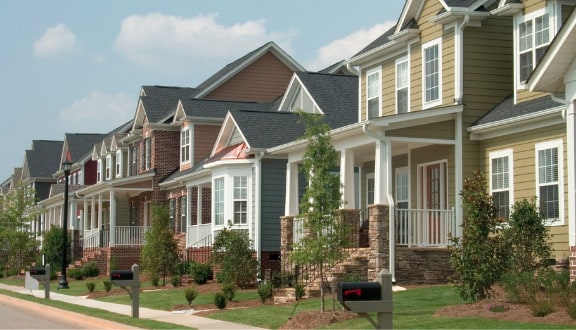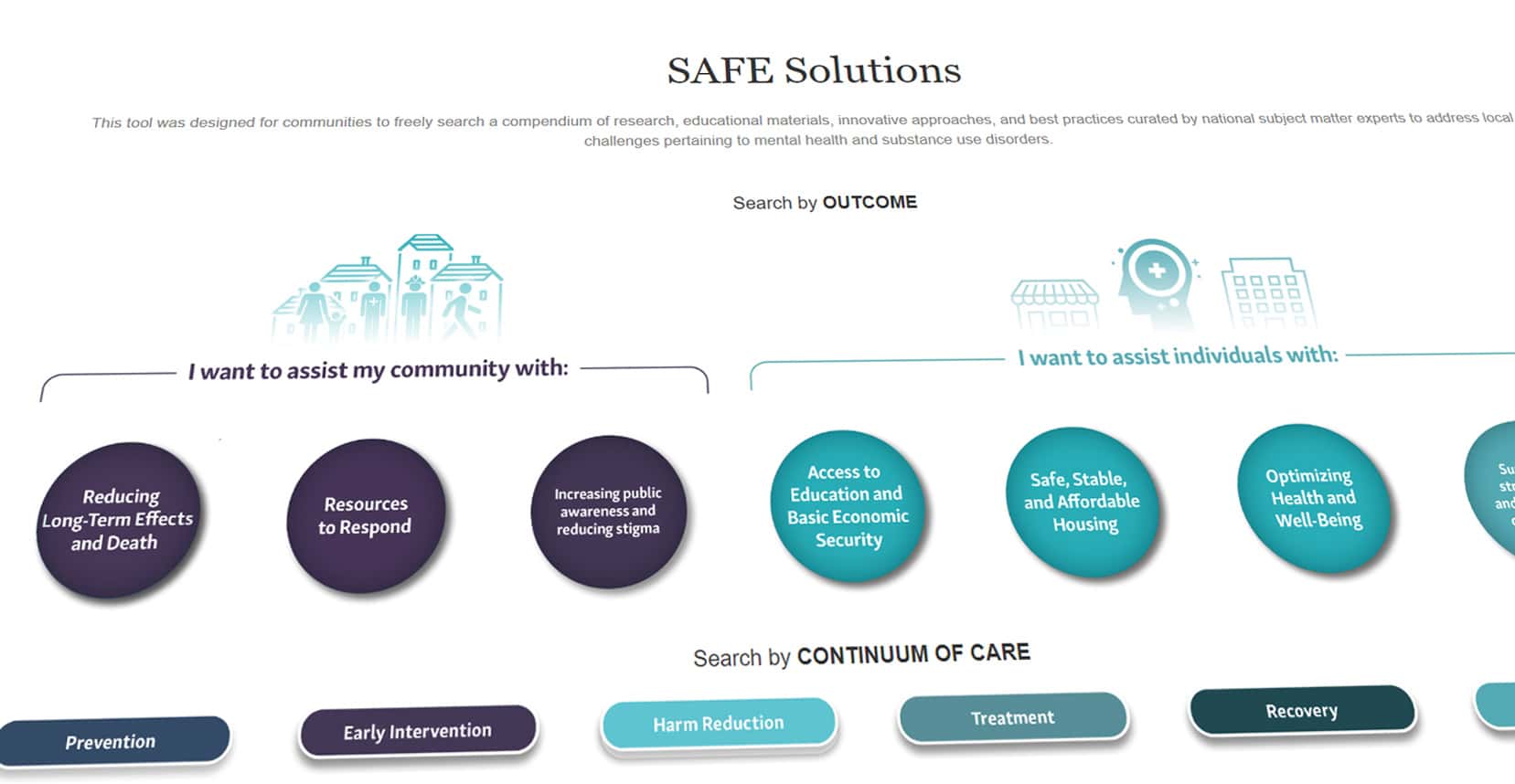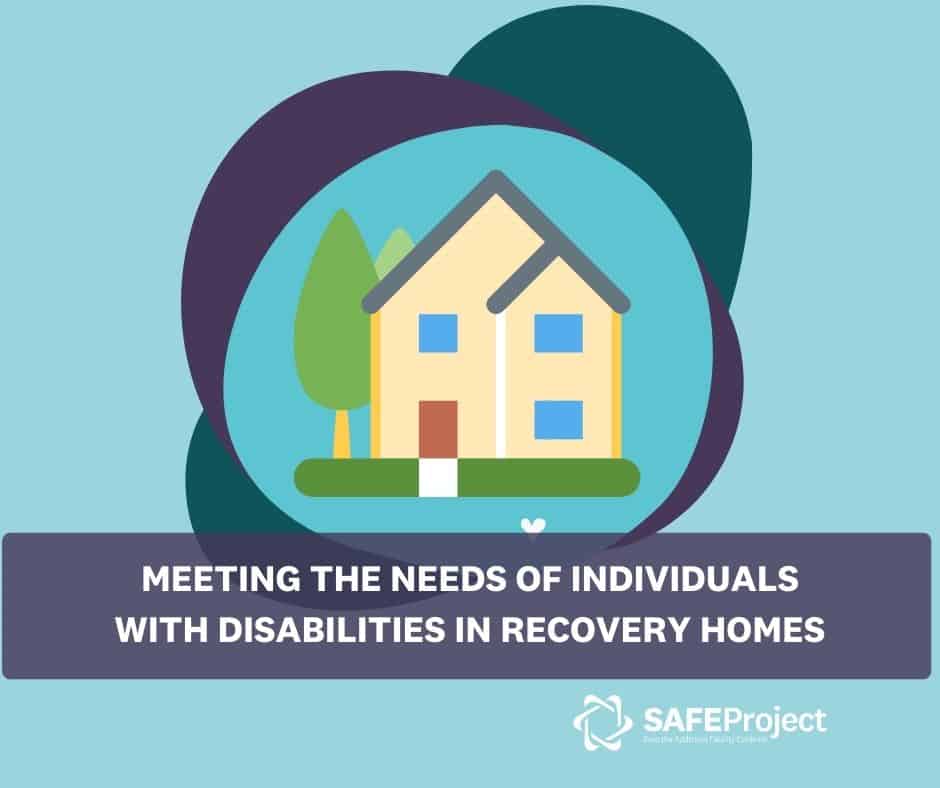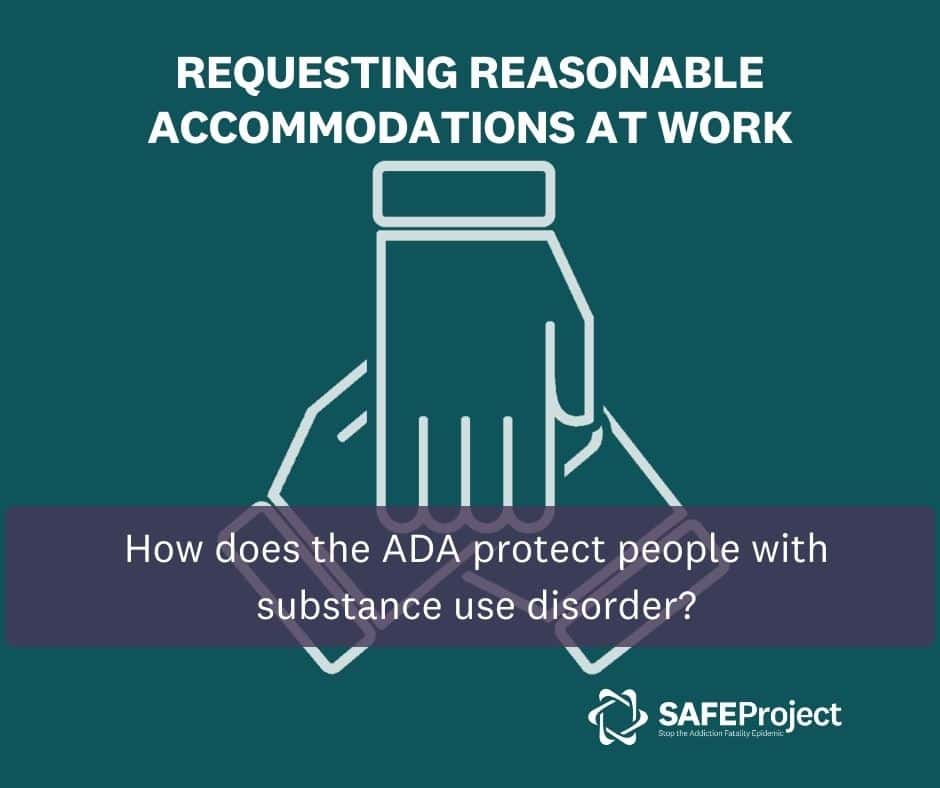What is SAFE Communities?
Supporting communities in systemically reducing the impacts of substance use disorder.
SAFE Communities partners with communities nationwide to be more resilient and responsive to the impacts of mental health and substance use disorders.
At SAFE Communities, we engage our partners by fostering collaboration tailored to each community’s unique needs. We leverage our national platform to amplify local success stories and focus on comprehensive, long-term goals that drive meaningful impact. Our programs emphasize evidence-based strategies and innovative, promising practices that support sustainable community well-being.
In the Details:

Gained more than 35,000 views on our SAFE Solutions platform from across the nation.

Our Integrated Forensic Peer Recovery Specialist training is certified independently in six states.

By leveraging our expertise across all portfolios, we have incorporated evidence-based programming.
Subscribe
Send us an email and find out more about SAFE Communities today.
Our Approach
We deliver evidence-based and evidence-informed programs and resources that strategically and innovatively fill key gaps in community support systems.
Free, Self-Guided Resources for Community Leaders
Portfolio Spotlights
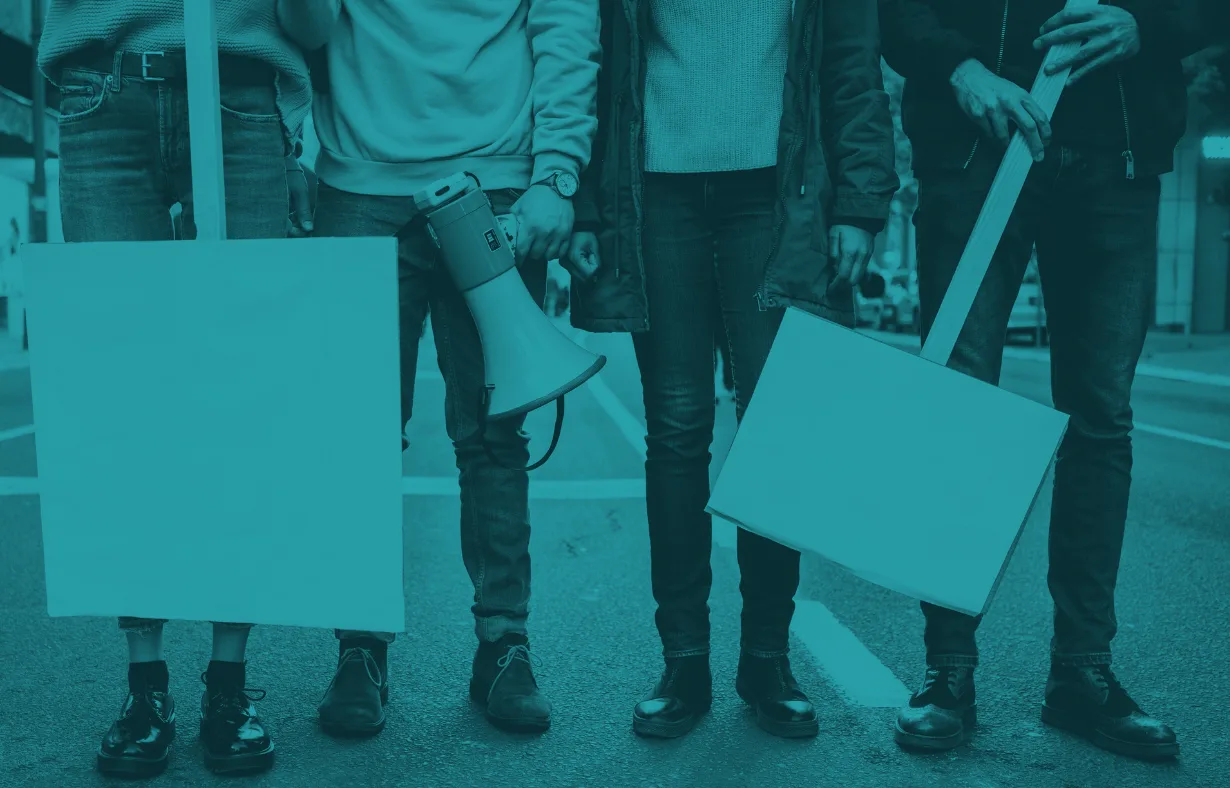
Integrated-Forensic Peer Recovery Specialist
SAFE Project’s I-FPRS training is for certified Peer Recovery Specialists who work with individuals that are justice-involved across many settings (jails, communities, treatment programs, psychiatric facilities, probation offices, etc.).
Looking for assistance with your strategic community response efforts?
SAFE Project provides tailored technical assistance and solutions-focused support to professionals in the substance use disorder field of practice. The SAFE Communities team can share promising practices, support resource development, lead group process facilitation, deliver leadership development and training, and help your community identify and implement comprehensive and sustainable goals.
Free Online Training
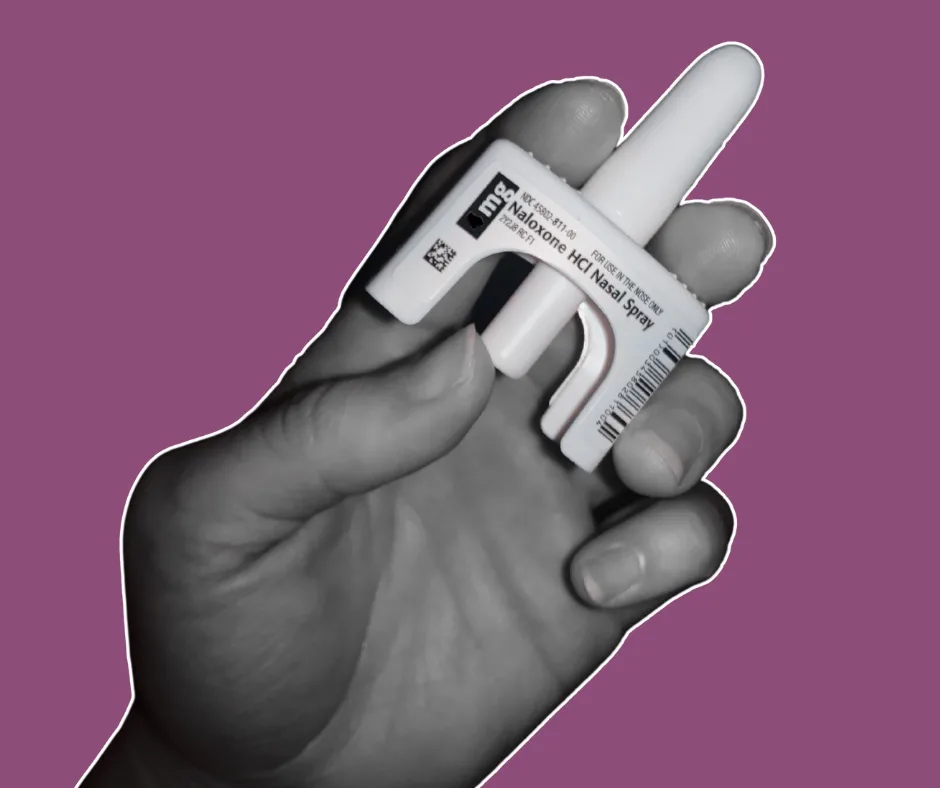
Opioid Overdose Response Training
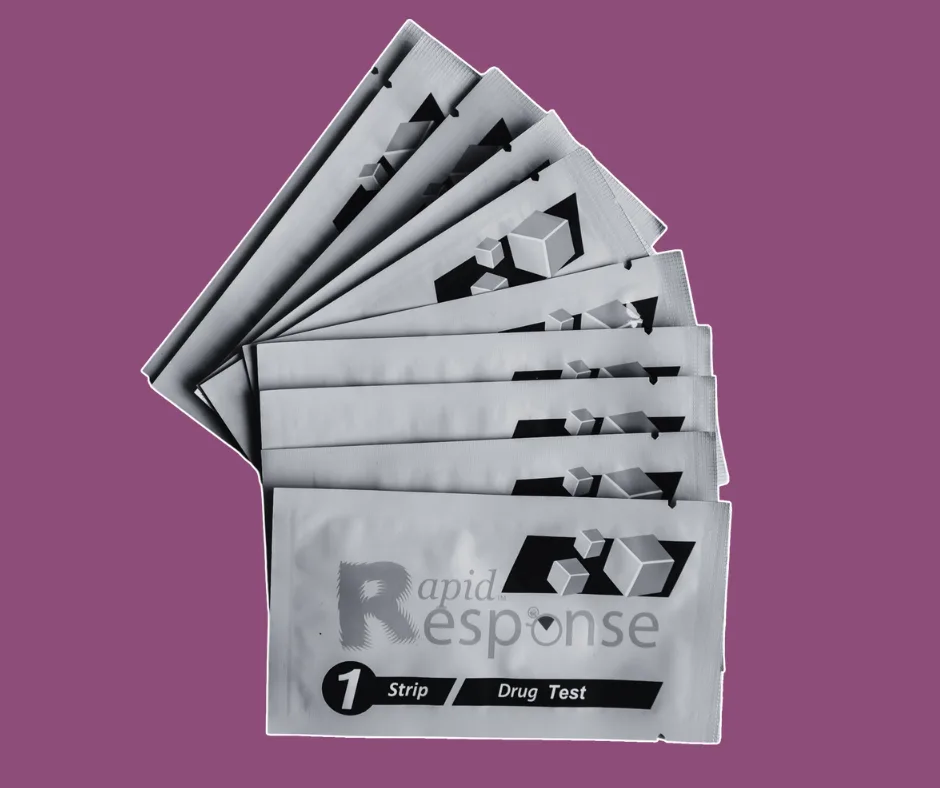
Fentanyl Safety Training

Recovery Allyship Training

